Studio Ghibli, the legendary Japanese animation studio, has gained immense global recognition in recent years. With masterpieces like Spirited Away, My Neighbor Totoro, and Princess Mononoke, the studio has left an indelible mark on animation and storytelling. The Ghibli trend is more than just admiration for its films—it has become a cultural movement influencing art, fashion, and lifestyle choices. However, while this rising trend brings many positives, it also has some less-discussed negative aspects.
This blog explores the reasons behind the growing Ghibli trend, its positive contributions, and some of the concerns it raises.
The Popularity of Studio Ghibli: Why Is It Rising?
1. Nostalgia and Timeless Storytelling
One of the core reasons for Studio Ghibli’s appeal is its ability to tell timeless, emotional stories. The themes of love, adventure, nature, and self-discovery resonate across generations, making Ghibli films relevant even decades after their release.
2. Global Accessibility through Streaming Services
With streaming platforms like Netflix, HBO Max, and Disney+ adding Ghibli films to their libraries, the accessibility of these films has skyrocketed. International audiences who previously had limited access to Japanese animated films can now watch them easily.
3. Artistic Excellence and Unique Aesthetic
Ghibli’s hand-drawn animation style, rich with intricate details and breathtaking scenery, sets it apart from the modern CGI-dominated animation industry. The studio’s dedication to traditional animation techniques has made its works iconic.
4. Influence on Pop Culture and Merchandising
From Totoro plushies to themed cafes and Ghibli-inspired clothing, the brand has successfully integrated into pop culture. The aesthetic appeal of Ghibli’s characters and settings has also influenced fashion and lifestyle trends, particularly on social media.
5. Philosophical Depth and Environmental Messages
Ghibli films often tackle deep philosophical and environmental themes. Movies like Princess Mononoke address ecological destruction, while Nausicaä of the Valley of the Wind highlights humanity’s relationship with nature. These messages resonate strongly in today’s world, where sustainability and environmental consciousness are major concerns.
The Positive Impact of the Ghibli Trend
1. Encouragement of Creativity and Artistic Expression
Many young artists and animators cite Studio Ghibli as a major source of inspiration. The Ghibli trend has contributed to a renewed interest in hand-drawn animation and storytelling techniques that prioritize emotion over spectacle.
2. Cultural Exchange and Appreciation
Ghibli’s success has introduced global audiences to Japanese culture, traditions, and folklore. This cross-cultural appreciation helps bridge gaps between different societies and promotes a deeper understanding of Japanese art and storytelling.
3. Mental Well-being and Comfort
Many fans describe Ghibli movies as comforting and nostalgic. The serene settings, warm color palettes, and uplifting narratives offer emotional relief, particularly during stressful times. This has given rise to the term “Ghibli therapy,” where people watch these films to relax and de-stress.
4. Boost to the Japanese Animation Industry
With Ghibli’s global recognition, there has been a surge in interest in other Japanese animated works. The trend has helped spotlight smaller animation studios, bringing new audiences to Japanese anime and expanding the industry’s reach.
The Negative Aspects of the Ghibli Trend
Despite the many benefits, the increasing commercialization and idolization of Studio Ghibli come with certain drawbacks.
1. Overshadowing Other Japanese Animation Studios
While Studio Ghibli is undoubtedly a masterpiece-producing studio, its overwhelming popularity sometimes leads to the neglect of other talented animators and studios in Japan. Lesser-known creators often struggle to gain recognition because international audiences primarily associate Japanese animation with Ghibli.
2. Commercialization and Loss of Authenticity
As with many cultural trends, commercialization can dilute the original artistic intent. The increasing number of Ghibli-branded merchandise and themed attractions, while appealing, can sometimes feel more like a marketing strategy than a tribute to the studio’s artistic vision.
3. Misinterpretation of Japanese Culture
While Ghibli films introduce viewers to aspects of Japanese culture, they represent only a fraction of it. The over-reliance on Ghibli as a cultural reference can lead to a skewed or romanticized perception of Japan, where people view it solely through the lens of fantasy-like settings instead of its real complexities.
4. Unrealistic Lifestyle Expectations
A major part of the Ghibli aesthetic trend involves people trying to recreate the slow, peaceful lifestyles seen in these films. While embracing simple living is positive, some fans set unrealistic expectations about achieving a “Ghibli-like” life, which may not be feasible in modern, fast-paced societies.
5. Rising Prices of Ghibli Collectibles and Experiences
With the trend’s growing popularity, Ghibli-related products and experiences have become significantly more expensive. From high-priced figurines to costly Ghibli-themed travel experiences in Japan, many fans find it challenging to afford these collectibles, leading to exclusivity and a sense of gatekeeping.
Balancing Appreciation and Realism
While the Ghibli trend has brought an appreciation for animation, storytelling, and culture, it’s important to maintain a balanced perspective. The key is to appreciate Studio Ghibli for its artistic contributions while recognizing that:
- It is one of many outstanding animation studios in Japan.
- Its themes and aesthetics, while beautiful, are not always applicable to real-life experiences.
- The commercialization of Ghibli should not overshadow its core messages about nature, community, and simple joys.
Conclusion
The rise of Studio Ghibli’s influence is a testament to its extraordinary storytelling and artistic brilliance. While the trend has led to increased appreciation for animation and culture, it’s essential to remain aware of the potential downsides, such as commercialization and cultural misinterpretation.
Ultimately, enjoying Ghibli films should be about embracing their values—love for nature, kindness, and self-discovery—while staying grounded in reality. By doing so, fans can continue to celebrate Ghibli’s magic while ensuring that its legacy remains true to its roots.
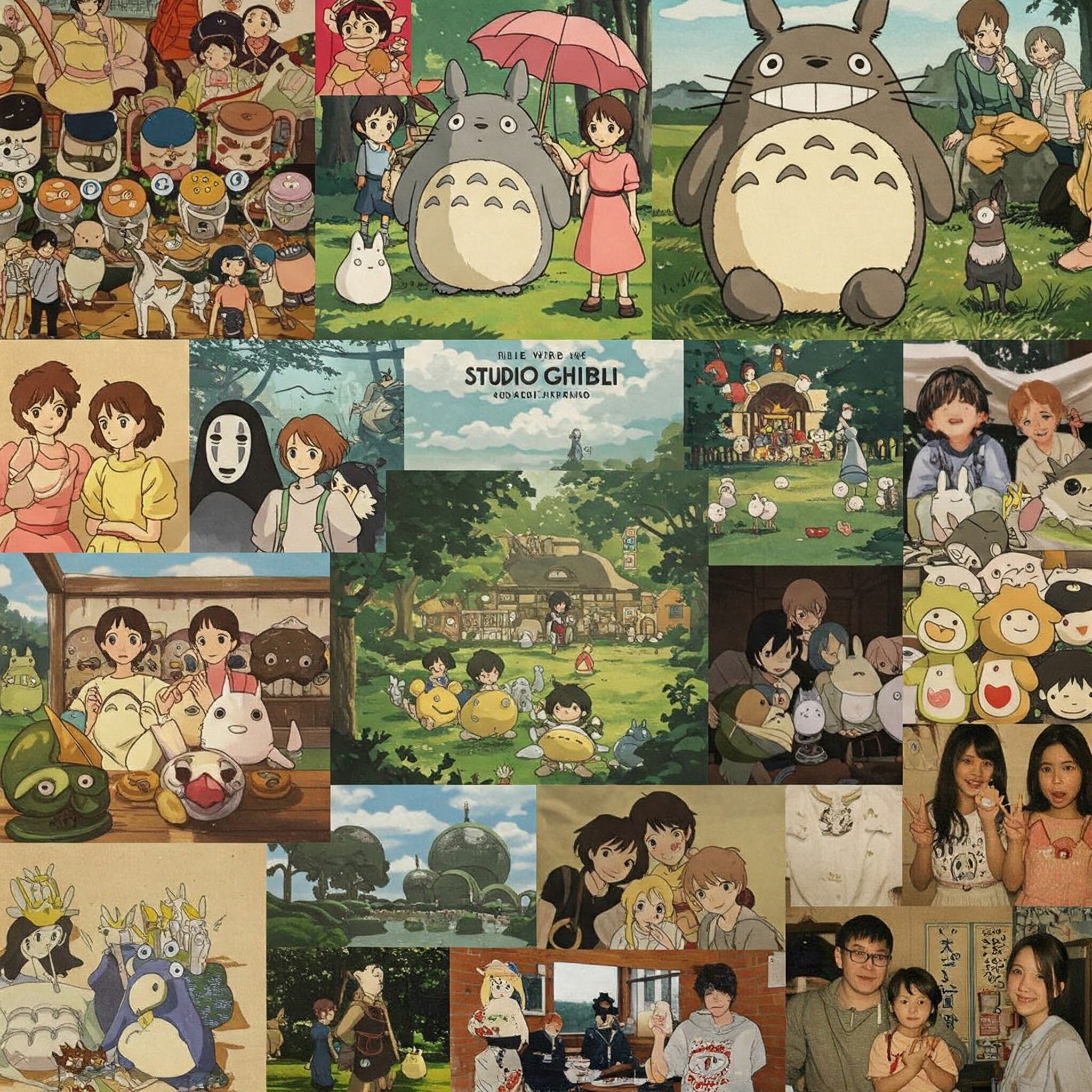
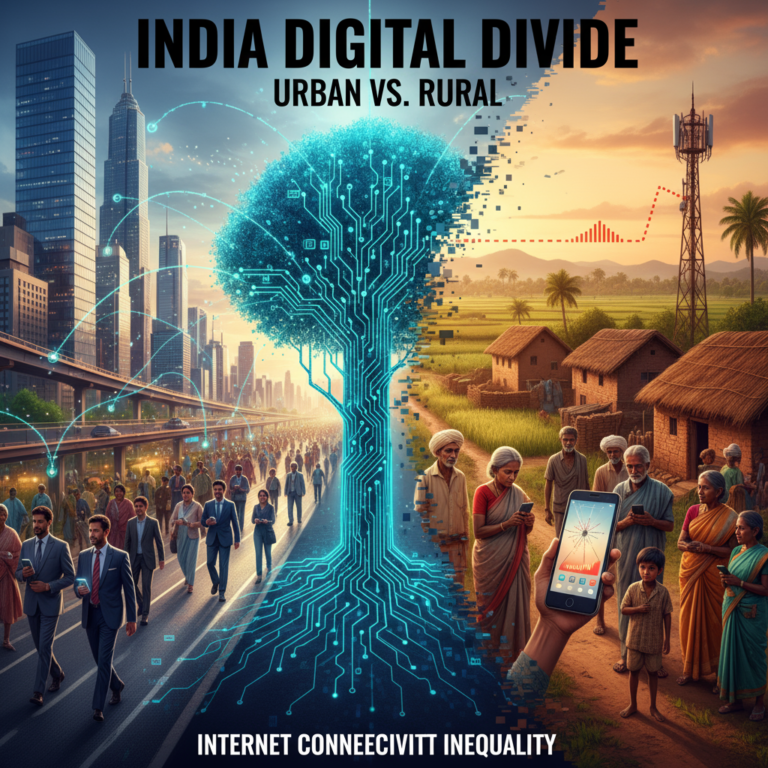

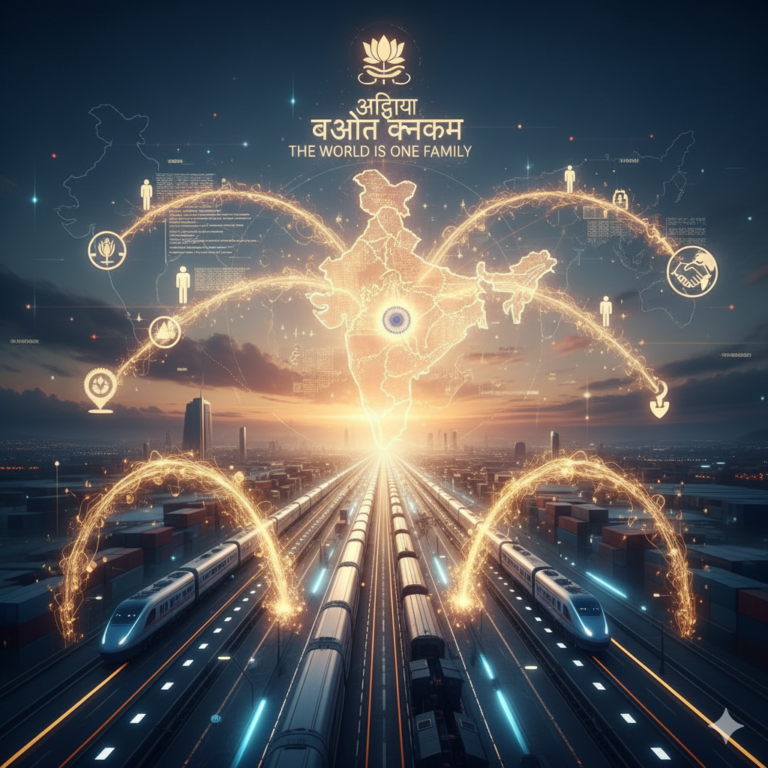

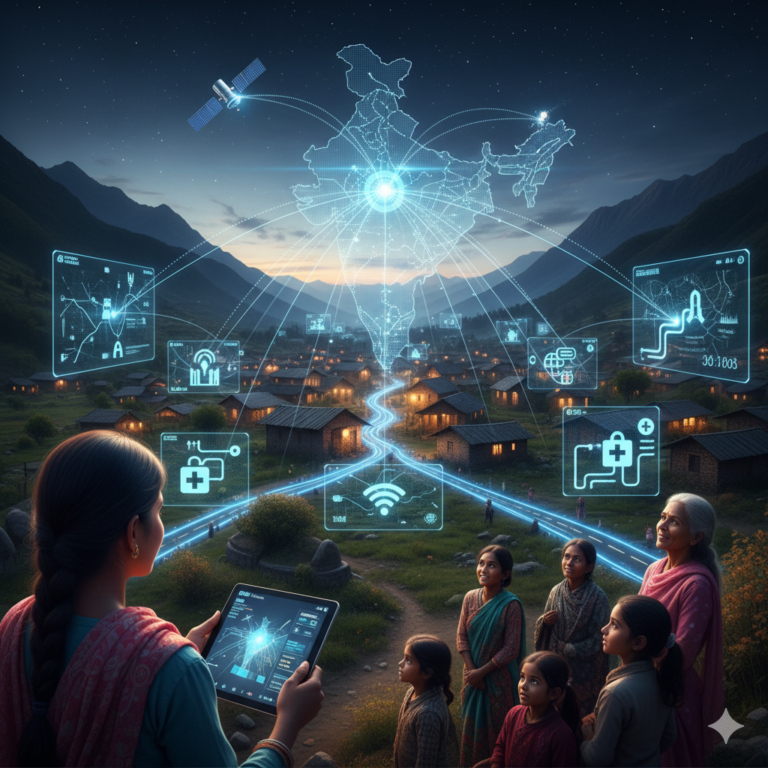
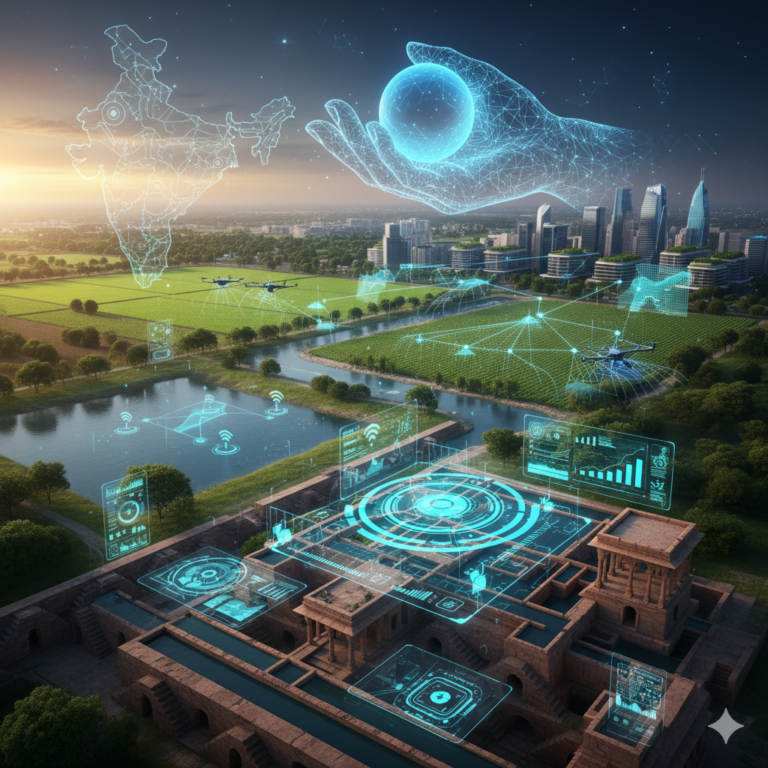


+ There are no comments
Add yours